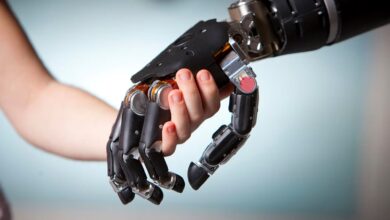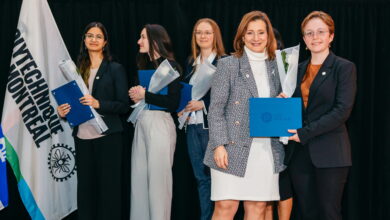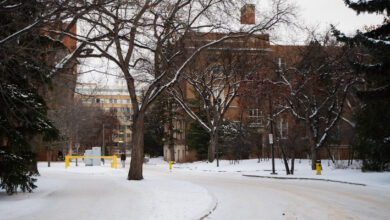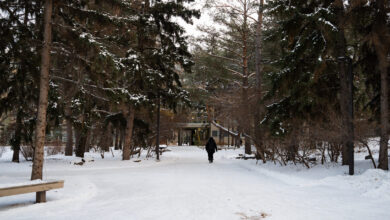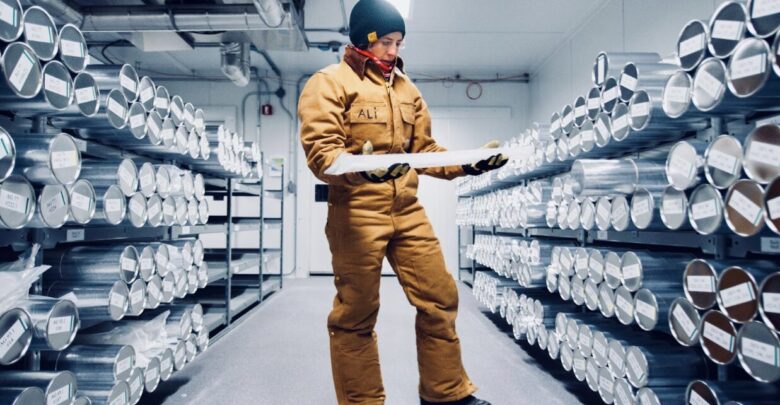 John Ulan
John UlanResearchers at the Canadian Ice Core Lab (CICL), located at the University of Alberta, recently drilled a 613 metre ice core from Axel Heiberg Island, Nunavut earlier this year.
Alison Criscitello, assistant professor at the U of A and director of CICL, studies ice cores to better understand the environment and climate records. The lab has several ice core research projects across the world.
Criscitello began her academic journey at Wesleyan University, where she earned a Bachelor’s degree in earth and environmental science, before progressing to Columbia University where she earned a Masters degree in geology and geophysics. Criscitello earned her PhD in glaciology at the Massachusetts Institute of Technology (MIT).
Ice cores are large samples of ice used in scientific research that provide historic environmental and geographic information. Some researchers have used ice cores to measure the concentration of atmospheric carbon dioxide at different points in history, which is useful for studies relating to climate change.
According to Criscitello, the biggest challenge in drilling this particular ice core was the weather.
“We did something in one season that we normally would do in two,” she said. “It was incredibly cold at the beginning, which made the setup of the drill and the first couple of weeks of drilling really difficult.”
Breaking the ice and unlocking history
As for what they are hoping to learn from the ice, Criscitello said the most exciting discoveries will be about ancient Arctic sea ice.
“Where this particular ice core is from is really unique,” she said. “We just don’t have paleoclimate records from the edge of the Arctic Ocean, so I’m really excited to see what it has to tell us about changes in the Arctic Ocean.”
Once the ice core was successfully drilled, it was packed and transported back to the CICL, where it is now being held. It will be cut into and analyzed in the fall, but for now is being stored in the freezers at the lab.
In terms of environmental impact of their research, Criscitello shared that the team is very conscious of their footprint.
“We aim to leave absolutely nothing behind in a very ‘leave no trace’ kind of sense,” she said.
When asked about what motivates her to continue her research, Criscitello said “it always comes down to people.”
“The people I work with and people who are younger than me motivate me.”
“I think it’s always important to highlight that I work in these incredible places, but truly, what’s most important is the people you work with,” she added.

